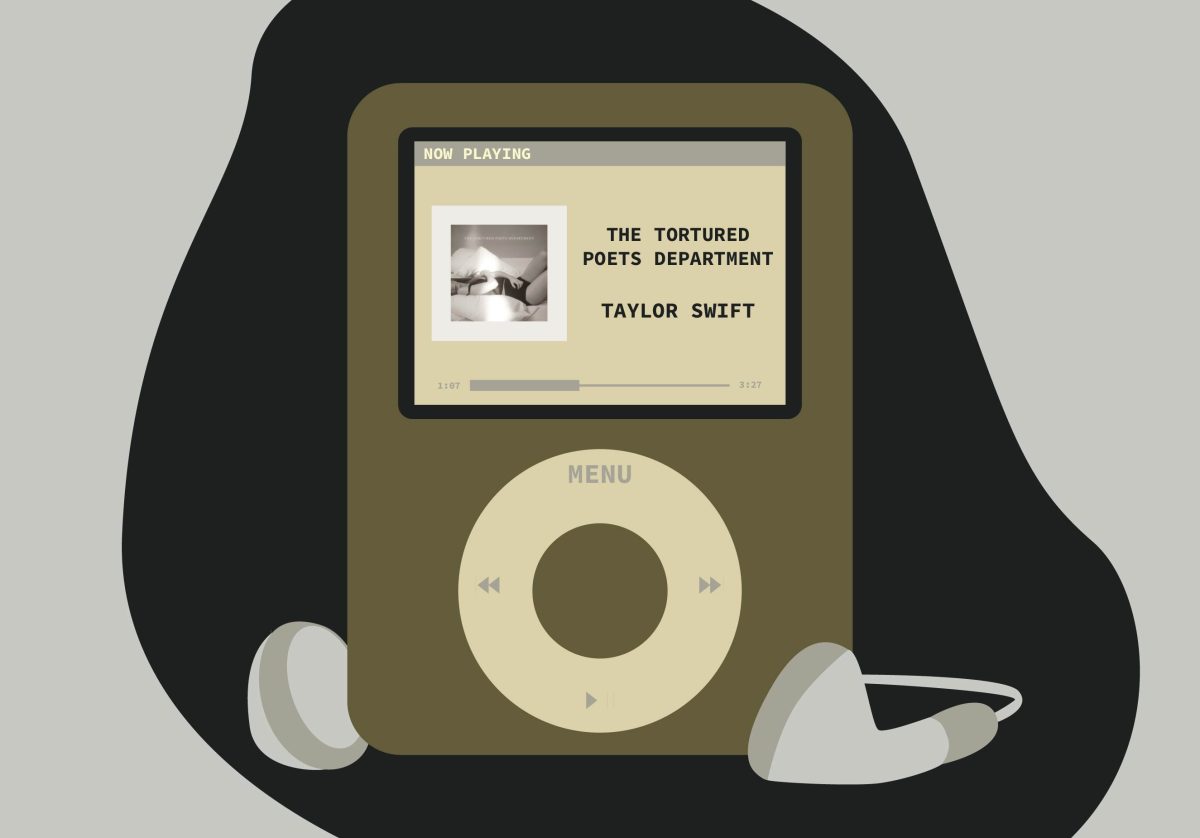In 1878, long before Mae West’s spiky-heeled stomp across a Vaudeville stage or Madonna’s inflammatory hip gyrations to the tune of “Like a Virgin,” the French actress Sarah Bernhardt gallantly hovered in a hot air balloon in the skies above Paris. Free-spirited and oozing with scandal, Bernhardt quickly became a transformative figure, both viciously attacked and celebrated in print and caricature.
The Birth of Celebrity Culture in the City of Lights (1890-1900)
WHEN: 8 a.m. to 5 p.m., through April 27
WHERE: T.R. Anderson Gallery, Wilson Library 4th Floor, West Bank
TICKETS: Free
Sarah Sik, a Ph.D. student in art history at the University, has taken a special fancy to Bernhardt and other celebrity pioneers in the dawn of the modern age. Her exhibit, “The Birth of Celebrity Culture in The City of Lights (1890-1900),” illustrates how the emergence of the golden age of the popular press in France gave rise to celebrity culture as we know it today.
“Celebrity has served in modern, image-based societies as a cultural model for the effort to fashion personal identity through appearances,” Sik explained.
Advised by faculty member Dr. Gabriel Weisberg and in coordination with librarian liaisons Martha Ruddy and Deborah Ultan Boudewyns, Sik began curating “The Birth of Celebrity Culture” in September of 2006. Every year, a graduate student is given an opportunity to develop an exhibit with works from the Gorman Rare Art Books and Special Art Collection.
Through her research, Sik learned of two principle aspects of celebrity culture that emerged through the circulation of French journals: the manufacturing of the modern star as cultural property and the characterization of the cause célèbre in the press, as epitomized in scandals and French feminist journalism.
The exhibit consists of delicate, bounded pages of old French journals, illuminating various colored lithographic prints, caricatured illustrations of various stars and photographic material, intricately arranged underneath glass cases.
While they have no exact contemporary counterpart, the journals were often politically contentious, personality driven and, in Sik’s opinion, served as a “subversive parallel to salon painting.” Though dismissed by some as low culture filth, they were a sensation among Parisian café culture and facilitated many of the era’s anxieties and fantasies.
One such piece is a print of artist Adolphe-Léon Willette’s “La Veau d’Or” (“The Golden Calf”). The print was designed as a stained glass window for the Chat Noir, a legendary Parisian cabaret. The centerpiece of the image portrays a fat pig poised atop a guillotine – a harsh anti-Semitic symbol – surrounded by other outlandish representations of celebrities, deities and historical figures. The same image consciousness attributed to celebrity depictions was also manipulated to include representations of French Jews.
Other images include that of Cléo de Mérode, a young dancer with a “virginal” appeal. After a risqué statue of her naked body surfaced, the press slung globs of ridicule in her direction. The images also narrate a scandalous affair that occurred between de Mérode and Belgian King Leopold II, whose kingdom was responsible for ghastly acts on the Congolese people under colonialism.
Many of the exhibit’s journals depict satirical caricatures of female stars that reeked of chauvinism, xenophobia and anti-Semitism. Even the poster art for the exhibit – an illustration of a famous Algerian dancer with a 14 inch waist – has an undertone of disgust and grotesquerie.
“It’s a very deceptive image, because it looks beautiful, but it is really a fairly dark and nefarious response,” Sik explained.
Paris in the 1890s was a thriving metropolis, spewing out mechanically reproduced cultural delicacies not that unlike today’s Hollywood apparatus.
“I wanted to remain in a historical moment, but I wanted to do so in a way that would perhaps trigger connections for people who viewed the exhibit,” Sik said. And as for the exhibit’s celebrity cast, from Sarah Bernhardt to lipstick feminist journalist Séverine, one can’t help but conjure up familiar images of Paris Hilton and Brangelina. “They’re very early incarnations of what we see now,” Sik said.
In the digital age, the ridicule function of caricatures might have been replaced by sensationalist headlines, but the general aesthetic has remained, a fixation on what Sik calls “the idea of a performer not as a robust individual but the celebrity as a proliferate of flat images.”
And while we all might roll our eyes at the market whenever a drunken Britney is plastered on every tabloid cover, we secretly relish the gossipy filth. It situates us within an alluring fictional exchange between the star and the masses, the object and the subject. And, as Sik well knows, “this fantasy can’t exist if you take either of those parties out.”















